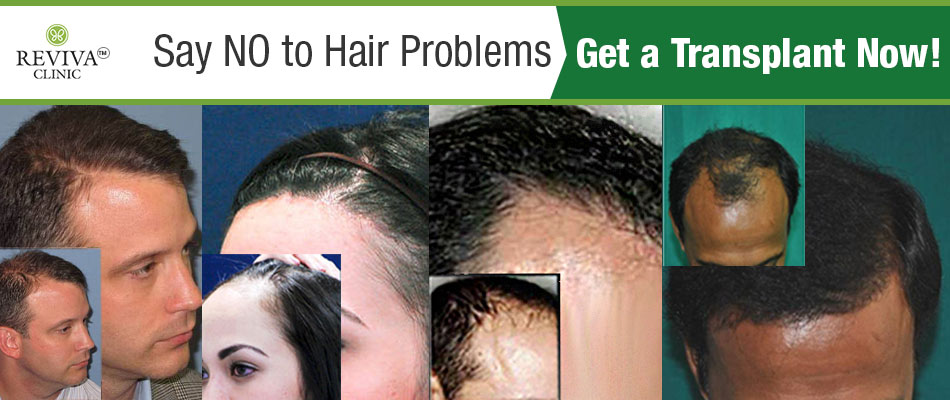Are you having tough time deciding what would be the best hair loss treatment for you? For men, when hair loss occurs in the early 20s, it's not only visibly distressing, but at the same time, it lowers down the confidence and self-esteem of the individual.
So, you're naturally brought to the point where you decide to find the best ways to get rid of the hair loss, that too as soon as possible.
But do you need a hair transplant? Or just the medication will suffice? How would you know the treatment that will suit you to the hilt?
Usually, not always you reach the condition where you have to go under the knife. But what if you have to?
Just so you know,
There is a certain set of variables that decide which procedure to use in order to get rid of the hair loss. Much before you choose one, however, you have to look for the reasons you are suffering from hair loss in the first place. At times, the hair loss is progressive, while at times it's temporary. For instance, the sudden hair loss caused because of severe stress is only temporary.
The temporary hair loss fix itself. There is no need to worry when conditions like stress, medication; hypothyroidism/ traction alopecia cause hair loss. You will certainly get your luscious mane back.
On the other hand, the people who are unlucky enough to suffer from progressive hair loss might not get away just like that. The hair loss is a permanent condition in this case unless a treatment is used to get permanently rid of it. This type of hair loss can be slowed down with the help of propecia. Monixidil, and the low level laser therapy. Men’s Hair Transplant can also reverse the situation when it comes down to the procedures like Follicular Unit Extraction.
Are you still confused about which hair transplant treatment you might need and which one you might not? Men’s Hair Transplant is quite common these days. But in case you still have any doubts, just book your free consultation.
Until next time!





